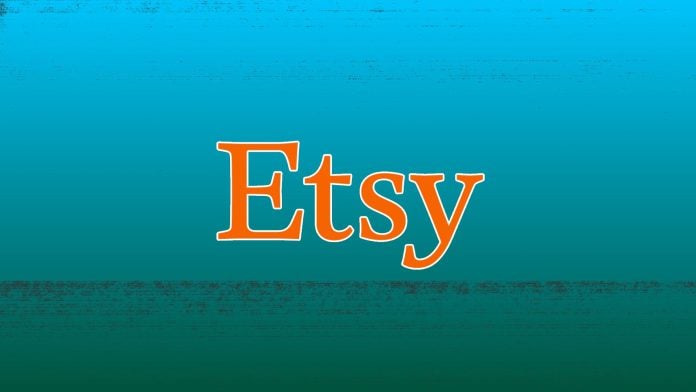Etsy, Inc., a leader in the online marketplace for unique and creative goods, is set to unveil its second quarter financial results for 2025 on July 30. This announcement comes as small business owners and entrepreneurs look for insights that could impact their operations on the platform. An early morning release of the results will precede a live video webcast, offering the possibility of direct engagement with company management.
From the outset, Etsy’s commitment to fostering a vibrant community of buyers and sellers has resonated with numerous small business owners eager to monetize their creativity. As the company prepares for this financial disclosure, many small business leaders find themselves analyzing potential trends that could arise from Etsy’s performance.
Etsy’s financial results and the corresponding webcast will be accessible via their Investor Relations website. The webcast, starting at 8:30 a.m. Eastern Time, will allow publishing research analysts to pose live questions, giving small business owners an opportunity to hear insights directly from Etsy’s leadership. This level of transparency can empower sellers with information that may affect their market strategies or customer engagement techniques.
The importance of such events lies in their ability to shed light on the health of a marketplace that many small businesses rely upon. Small business owners often engage with Etsy not just as a sales platform, but also as a community that supports entrepreneurial growth. Etsy’s mission to “Keep Commerce Human” emphasizes a commitment to community and connection, resonating strongly with small businesses that thrive on customer relationships.
Practical applications from this financial update are manifold. For instance, if Etsy’s growth indicators appear strong, it may signal a favorable market environment for sellers, prompting them to invest more in product development or marketing campaigns. Conversely, if the results indicate challenges, small business owners may need to adapt quickly, perhaps by diversifying their sales strategies or exploring alternative marketplaces.
However, there are challenges to consider as well. Etsy sellers often navigate fluctuating marketplace dynamics. Insights from the quarterly results may reveal broader consumer trends and purchasing behaviors that could present new opportunities. Yet, they may also highlight increased competition or demographic shifts that could necessitate adjustments in how small businesses approach their customer base.
The earnings call will also include segments where Etsy shares its strategy for empowering sellers. Quotes from Etsy management during these discussions can provide actionable advice on how to leverage the platform’s advancements. For instance, new tools or services designed to support sellers may emerge from the conversation. Small business owners may glean valuable insights by tuning in, allowing them to stay ahead of industry changes.
The replays of the webcast will remain accessible for a minimum of three months, ensuring that those who cannot participate live can still gain insights. This flexibility is especially advantageous for small business owners juggling multiple responsibilities.
Etsy’s operations are noteworthy not only for their marketplace but also for owning Depop, a fashion resale platform. This diversification allows both marketplaces to share resources and expertise, potentially offering small business owners more avenues for growth and exposure.
In the ever-changing landscape of e-commerce, keeping abreast of financial results and marketplace dynamics is essential for small business proprietors. Whether through participation in the live call or accessing the replay, the insights gleaned from Etsy’s quarterly results can help small business owners reassess their strategies and navigate the challenges of a competitive online marketplace.
For more details, you can view the original press release at Etsy Investor Relations.
Image Via BizSugar



